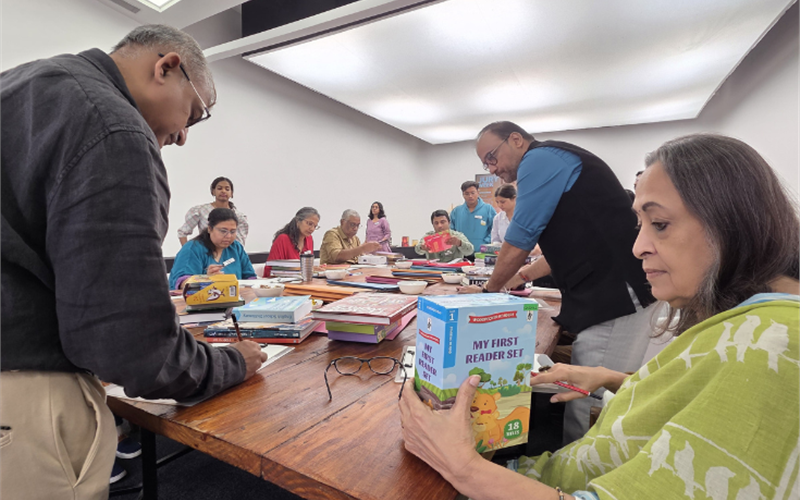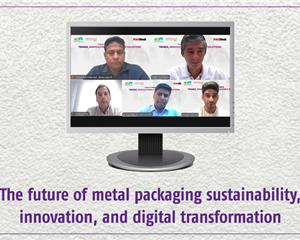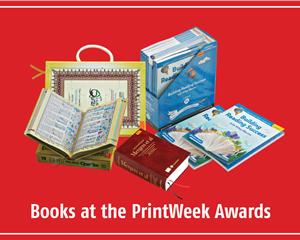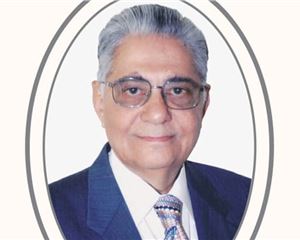JuryWeek Day One: Innovative printing takes centre stage
The jury concluded that printers are experimenting with different papers for different types of books, enhancing the printability of substrates and raising the overall quality of book production.
09 Sep 2025 | By PrintWeek India
Day One of the PrintWeek Awards jury concluded with 11 doyens of the printing and publishing industry coming together to evaluate more than 71 entries across seven varied categories, including book binding, printing, paperboard, newspapers and magazine printing.

The day began with a breakfast briefing by Ramu Ramanathan, editor, PrintWeek and WhatPackaging?. He urged the jury to look out for the finer details of book printing. He said, “Putting ink on paper is just 10% of the job. Ninety percent of a book lies in binding and the genius of production. The spine of a book is like the spine of the human body, it tells the story of whether the book has been produced well.” He encouraged the jurors to converse about how each of them perceived books, while also keeping the readers’ perspective in mind.
Among the key trends observed, Red River’s Dibyayoti Sarma highlighted the printed edge trims on multiple books, multicolour printed book edges, hardbound books with smooth rounded edges, as well as spot-UV finishes and velvet laminations on covers.
In the education category, which is typically mass-produced, the jury noticed a significant shift towards lighter and smarter formats. The growing awareness that children need to carry less weight is shaping how textbooks are designed. Rather than reducing content, publishers are focusing on efficient formatting and clever use of paper to reduce bulk while retaining clarity and readability.
One of the standout entries was Letters to my Dad, a book with a tricky but engaging binding format. Rajnish Shirsat from BookMyStory noted how the hardbound book with mill board was neatly stitched and designed to hold 24 folded letters. Multiple jurors were impressed with how the book encouraged personal interaction with the reader. Shirsat also stated that “despite the challenges such a format could pose in large print runs, the consistency in colour, binding, and overall finish made it impressive.”
.png)
Book consultant Surendra Babu said, “The printing and binding quality has gotten better when compared to the previous editions. Technological advancements have paved the way for improved print and binding quality.” He pointed out that books featuring intricate details on the edge trims, in the form of illustrations and colours, stood out the most this year.
From the overall submissions, the jury observed a clear upward trend in binding quality and finishing standards. As one juror put it, “Putting ink on paper is the basic step. A book only achieves its purpose when the binding and finishing match the quality of the print.” Babu also reflected on how, in the early 1980s, printing quality was not advanced enough to accommodate most design ideas. “Now the developments in print technologies no longer pose a challenge,” he said, urging designers to come forward with more innovations to push the limits. Bhavika Shah from Beyondesign added that designers should collaborate more closely with printers to achieve better output.
Praful Akali from Medulla Communication noted that there had been a tenfold growth in the variety and quality of print produced in the last seven years.
Meanwhile, Tasneem Vasi from CTRL M Print Management India called for increased promotion of industry interactions, encouraging printers “to come together, have a chat and innovate.” The jury concluded that printers are experimenting with different papers for different types of books, enhancing the printability of substrates and raising the overall quality of book production.












 See All
See All